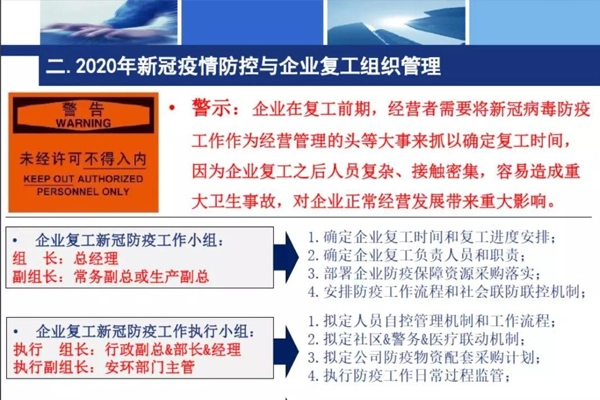Sapphire technology is diversifying, and the Czochralski method is gradually becoming the market mainstream.
Release time:
2019-02-21
1. Overview of the Sapphire Industry Sapphire crystals have very stable chemical properties, characterized by a high melting point (2050°C), great hardness (Mohs hardness of 9, second only to diamond), and excellent transparency, thermal conductivity, and electrical insulation. They also possess good mechanical properties, wear resistance, and erosion resistance, along with outstanding optical and physicochemical characteristics. Therefore, sapphire is an extremely important basic material in the microelectronics and optoelectronics industries, widely used in various fields such as semiconductors, microelectronics, optoelectronics, information display, optical communication, lasers, precision machinery, and national defense and military applications. With the development of science and technology,
1. Overview of the Sapphire Industry
The chemical properties of sapphire crystals are very stable, characterized by a high melting point (2050℃), high hardness (Mohs hardness of 9, second only to diamond), good light transmission, thermal conductivity, electrical insulation, as well as excellent mechanical properties, wear resistance, and wind erosion resistance.
Therefore, sapphire is an extremely important basic material in the microelectronics and optoelectronics industries, widely used in semiconductor, microelectronics, optoelectronics, information display, optical communication, lasers, precision machinery, national defense, and military fields. With the development of science and technology, new requirements for the size and quality of sapphire crystal materials are constantly being proposed. Now, with the rapid development of semiconductor lighting and other emerging applications, the market demand for low-cost, high-quality, large-sized sapphire crystals is rapidly expanding.
Since 1885, when Fremy, Feil, and Wyse used a hydrogen-oxygen flame to melt natural ruby powder with potassium dichromate to create the sensational "Geneva Ruby," research on artificially grown sapphire has a history of over 100 years. Over the past century, in order to adapt to the development of science and technology and the special requirements of industrial production for the quality, size, and shape of sapphire crystals, efforts to improve the yield, utilization, and reduce costs of sapphire crystals have never ceased. Research on sapphire growth methods and related theories has continued, and equipment and technology have rapidly developed since the end of the last century. To date, the sapphire industry has achieved a high level of technology and large production capacity, with crystal rod sizes expanding from 2 inches to the current 12 inches, and supporting equipment and materials have also developed rapidly.
2. Comparison of Sapphire Crystal Growth Technologies
Currently, various crystal growth technologies are applied in the market, and the purity of the crystals can reach 99.99%. However, due to different growth mechanisms, there are certain drawbacks and limitations, making it difficult to simultaneously meet the future development needs of large size, high quality, and low cost for sapphire crystals. For example, the quality and size of crystals grown by methods such as the flame melting method and the pulling method are limited; methods like the heat exchange method, temperature gradient method, and floating zone method require a large amount of helium as a coolant; sapphire crystal blanks grown by the temperature gradient method and floating zone method require high-temperature annealing treatment, and the subsequent processing of the blanks is relatively complex and costly.
However, from the perspective of market share, the floating zone method currently holds an advantageous position. The world's largest sapphire production companies, American Rubicon and Russian Monocrystal, both use this technology to produce sapphire crystals. Additionally, several Chinese sapphire production companies, including Jingjing Optoelectronics, also use this method. The sapphire crystals produced by this method account for over 50% of global output, with over 70% of sapphire substrates used for semiconductor lighting produced by this method. The temperature gradient method is the main technology used by South Korean manufacturers, which can produce high-quality crystal rods with low electrical density, allowing for relatively less restriction on the size (diameter and height) and shape of the crystals, and it currently holds a certain market share. The guided method is mainly mastered and used by Japanese companies, with products primarily supplied to the Japanese market. Additionally, Ukraine also produces guided method crystal growth furnaces.
Table 2: Comparison of Advantages and Disadvantages of Main Sapphire Crystal Growth Technologies
Growth Technology | Advantages | Disadvantages |
Floating Zone Method (KY) | High quality (optical grade), low defect density, large size, high capacity, relatively low cost. | Complex operation, low consistency, low yield. Difficult to grow C-axis crystals. |
Pulling Method (CZ) | Growth conditions are easy to observe, size is easy to control, crystal shape is relatively regular. | High defect density; requires iridium crucibles, which are costly; size is easily restricted. |
Guided Method (EFG) | Good quality. | Complex equipment and process requirements. |
Temperature Gradient Method (TGT)
| Simple equipment, easy operation, no mechanical disturbance, stable interface, high yield; can grow C-axis crystals. | No rotation of the crystal, temperature field is difficult to be uniform; crystals require subsequent annealing treatment, long cycle, high cost; significant crucible constraint. |
Crucible Descending Method (VGF) | Simple equipment, high yield. | High defect density in crystals. |
Vertical Horizontal Temperature Gradient Method (VHGF) | Crystal size (diameter and height) and shape are relatively less restricted. | Patented by South Korean STC. |
Heat Exchange Method (HEM) | High quality, large size. | High equipment requirements, complex process, high cost, with the main problem being that crystals are prone to cracking. |
Cold Shoulder Micro Pulling (SAPMAC) | Good crystal integrity; can achieve in-situ annealing, short cycle, low cost. | Easily affected by temperature fluctuations; difficult to grow C-axis crystals. |
Flame Method | Can grow crystals at ultra-high temperatures, such as MgAl2O4 crystals with a melting point of 2150℃, and MgO crystals at 2850℃. | Large temperature field gradient, often resulting in crystal boundary embedded structure defects, bubbles, and inclusions, making it very difficult for crystal sizes to exceed 2 inches. |




